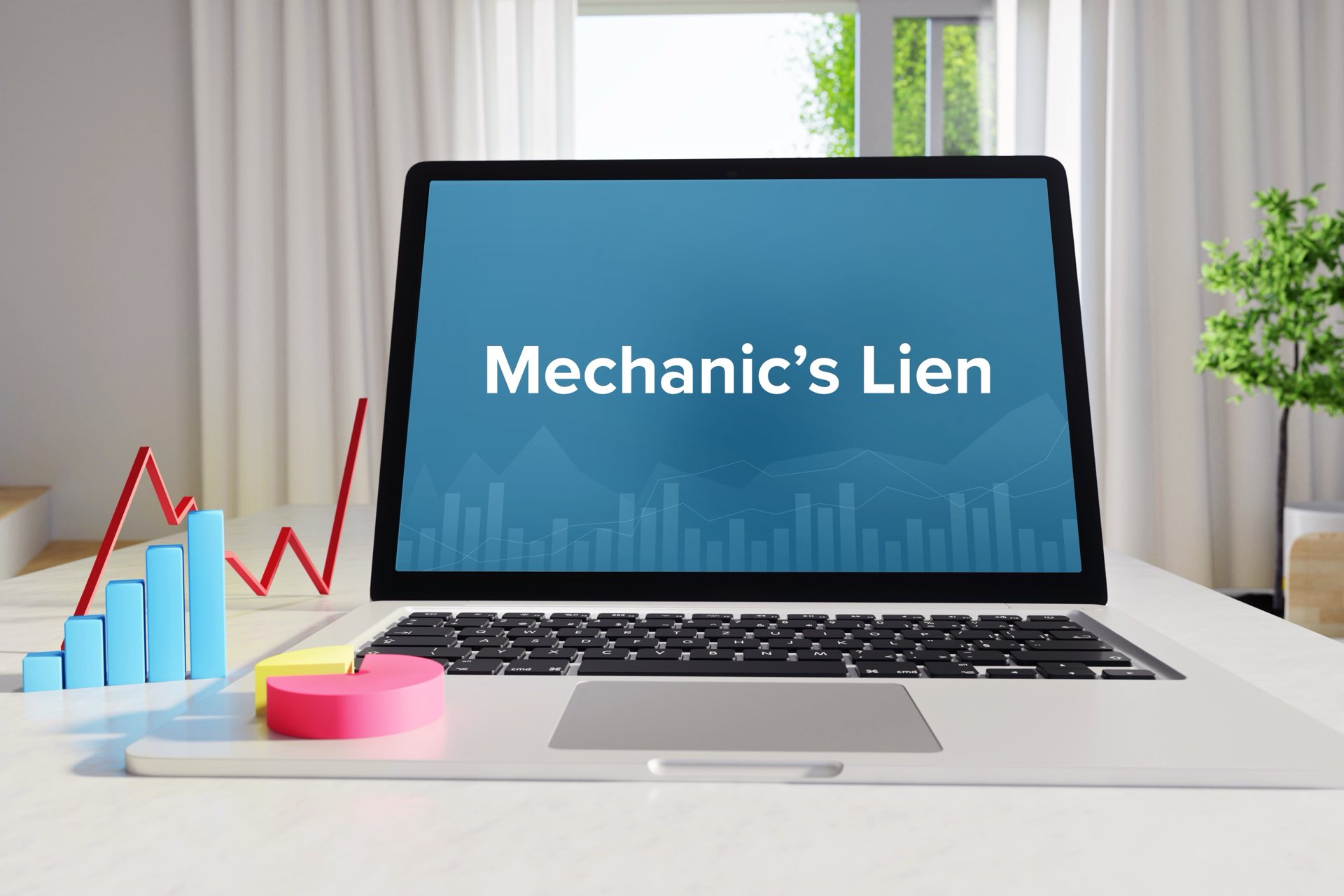If you’ve hired a contractor or construction professional and someone on the project hasn’t been paid, a mechanic’s lien might be filed against your property – even if you’ve already paid the general contractor. Here’s what you need to know.
1. What Is a Mechanic’s Lien?
A mechanic’s lien is a legal claim that contractors, subcontractors, suppliers, or laborers can file to secure payment for work performed or materials supplied. It attaches to your property and can impact your ability to sell or refinance.
2. Why You Should Care
Even if you’re not at fault, a mechanic’s lien can create a cloud on your title and create numerous issues if not resolved. That’s why lien notices should never be ignored.
3. Notice Requirements
Texas law has strict notice rules. Subcontractors and suppliers must send a notice of unpaid amounts to both the property owner and the general contractor within certain strict timeframes.
4. Filing Deadlines
Mechanic’s liens must typically be filed by the 15th day of the 4th calendar month after the last day labor or materials were provided on a non-residential project. For residential construction, the deadline is the 15th day of the 3rd month. The timeline may differ slightly based on whether the claimant is an original contractor or subcontractor, so it’s important to confirm your specific classification under the law.
5. Challenging a Lien
You may be able to remove an invalid or exaggerated lien by:
- Demanding release under Texas Property Code
- Filing a bond to discharge the lien
- Filing a lawsuit to challenge the lien’s validity
An attorney can review the notice and timing to determine if the lien is enforceable and review the various options.
6. Preventing Liens
To avoid liens, consider:
- Paying with joint checks to both the general and subcontractor
- Requesting lien waivers with each payment
- Keeping detailed records of all contracts and communications


